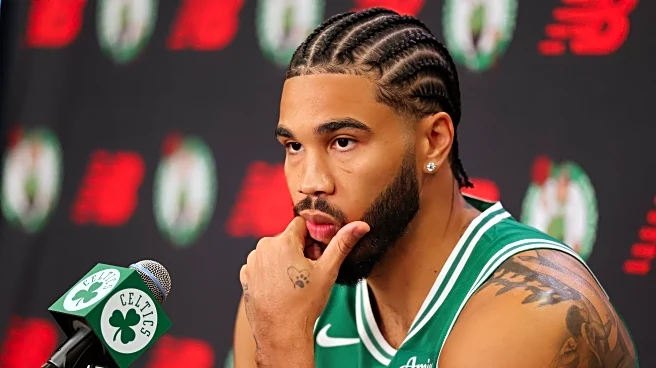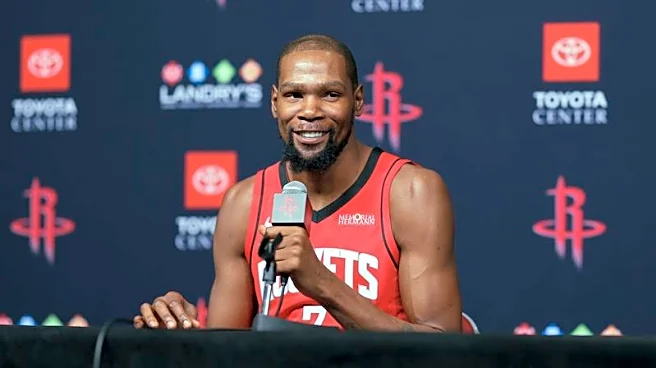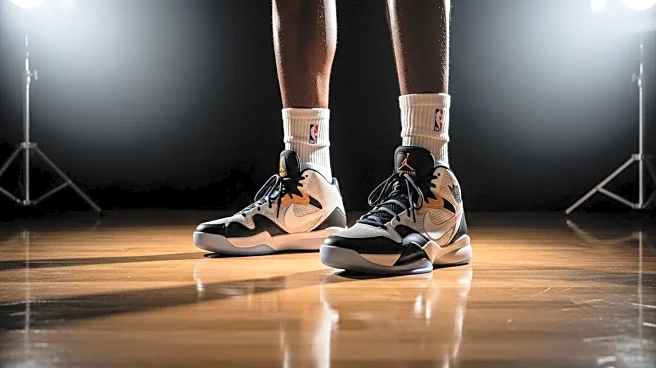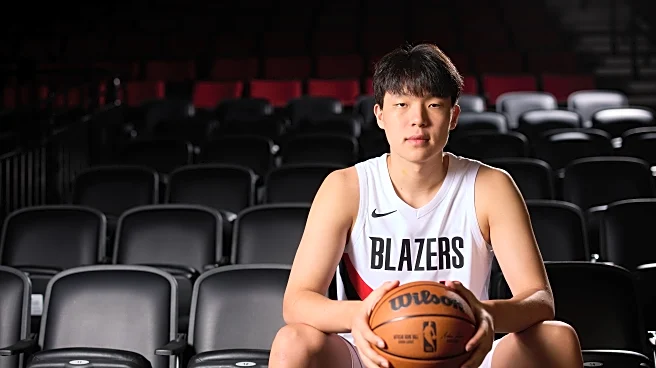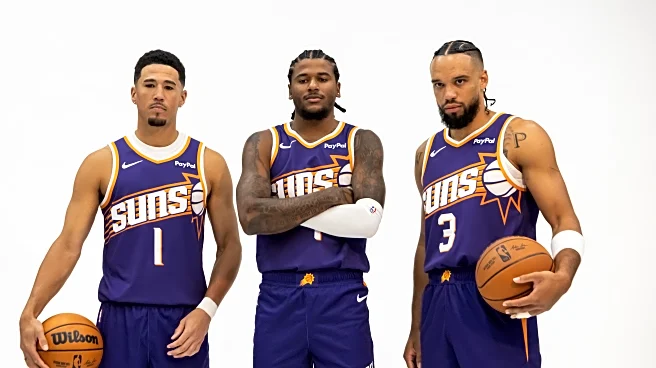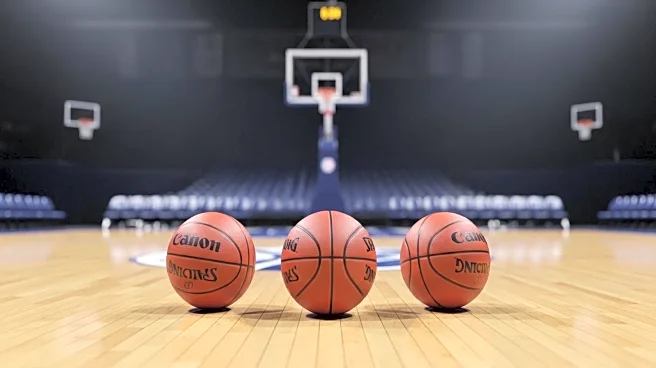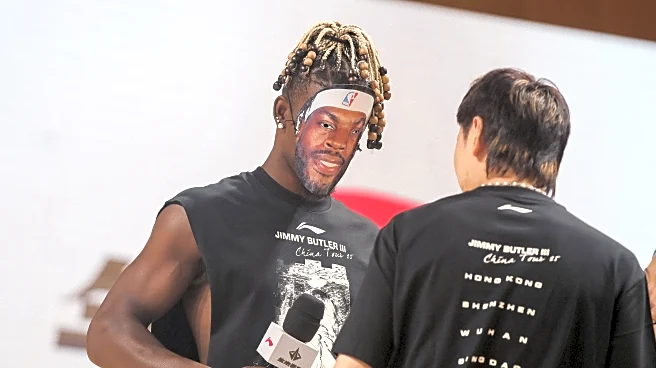What's Happening?
Several prominent NBA players have made significant team changes ahead of the 2025-26 season. Kevin Durant has joined the Houston Rockets, marking one of the most notable trades of the offseason. This move pairs Durant with the Rockets' young core, positioning the team as a strong contender in the Western Conference against the reigning champions, the Oklahoma City Thunder. Meanwhile, Damian Lillard has returned to the Portland Trail Blazers, and Chris Paul and Bradley Beal have signed with the Los Angeles Clippers. These changes are part of a broader trend of high-profile player movements as teams prepare for the upcoming season.
Why It's Important?
The movement of star players like Kevin Durant and Damian Lillard can significantly impact the competitive landscape of the NBA. Durant's addition to the Rockets could enhance their chances of challenging top teams in the Western Conference, potentially altering playoff dynamics. Lillard's return to Portland may rejuvenate the Trail Blazers' performance, while the Clippers' acquisition of Chris Paul and Bradley Beal could strengthen their roster. These shifts not only affect team strategies and fan engagement but also have financial implications for the franchises involved, influencing ticket sales, merchandise, and media rights.
What's Next?
As the NBA season approaches, teams will focus on integrating their new players into existing lineups and developing strategies to maximize their strengths. Fans and analysts will closely watch how these changes affect team performance and standings. The success of these trades will likely be evaluated based on team chemistry, individual player performance, and the ability to compete at a high level throughout the season. Additionally, the moves may prompt other teams to consider strategic trades or signings to remain competitive.
Beyond the Headlines
The trend of high-profile player movements highlights the evolving nature of team-building in the NBA, where player agency and market dynamics play crucial roles. This shift reflects broader changes in professional sports, where athletes increasingly have the power to influence their career paths and team compositions. The cultural and economic impact of these moves extends beyond the court, affecting local economies and community engagement with the sport.

